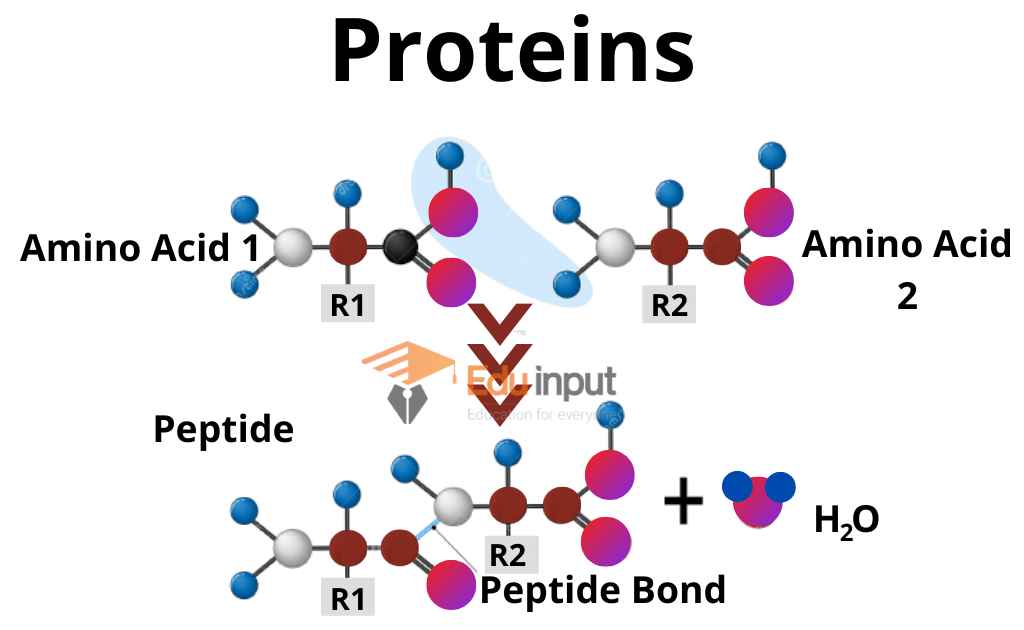What is RNA (Ribonucleic Acid)? – Definition, Types, and Functions
RNA (Ribonucleic Acid) is a type of Nucleic acid that contains a polymer of ribonucleotides. Most of the time RNA gets overshadowed by DNA since DNA is just one piece in a bigger puzzle. The different types of RNA all have their unique function, which depends on the type of RNA present in a particular cell.
For example, mRNA is transcribed from genes and directly interacts with ribosomes to create amino acids required for cell growth. And then tRNAs bring those specific amino acids to cellular structures where they can be absorbed into protein chains.
By learning more about these parts of the puzzle we can better understand just how complex life is.
Let’s explore how is it different from DNA and how is it performing.
Composition of RNA (Ribonucleic Acid)
It consists of;
1- The RNA molecule has a single strand. Sometimes, this strand may fold back to give helical characteristics.
2- Nitrogenous bases form complementary pairings. RNA has Uracil in place of Thymine. Cytosine (C) forms pair with Guanine (G) and Uracil (U) forms pair with Adenine (A).

Synthesis of RNA
DNA synthesizes RNA. The process of synthesis of RNA from DNA is called transcription. The enzymes involved in transcription are called RNA polymerases.
Types of RNA (Ribonucleic Acid)
There are three main types of RNA. These are;
- Messenger RNA (mRNA)
- Transfer RNA (tRNA)
- Ribosomal RNA (rRNA)
All three types of RNA are synthesized from DNA in the nucleus. After their synthesis, they are transferred to the cytoplasm. All three RNA (mRNA, tRNA, and rRNA) interact with each other. They help in the synthesis of proteins from the genetic information (gene).
Messenger RNA (mRNA)
The mRNA brings a genetic message from the nucleus to the ribosome.

function of mRNA
Ribosomes are present in the cytoplasm. They are involved in the synthesis of a particular protein. DNA transfers its genetic information to mRNA.
This mRNA has genetic information for the synthesis of a specific protein. This mRNA attaches to the ribosome for the synthesis of proteins.
Sizes of mRNA
The mRNA consists of a single strand of variable length. Its size depends on the size of the gene (on DNA) for the specific protein. For example, the mRNA has 3,000 nucleotides for a protein of 1,000 amino acids.
Amount of mRNA in the cell
The mRNA is about 3 to 4% of the total RNA in the cell.
Transfer RNA (tRNA)
The transfer RNA picks up amino acids and transfers them to the ribosomes. Amino acids are linked in ribosomes to form proteins.

Amount of tRNA in the cell
It is about 10 to 20% of the total cellular RNA.
Size of tRNA
The tRNA has a small size. Its chain is composed of 75 to 90 nucleotides,
Function of tRNA
The tRNA transfers amino acids to the site of polypeptide chain synthesis (ribosome). It transfers amino acids.
Types of tRNA
There is one specific tRNA for each amino acid. So the cells have 20 types o of tRNA.
Ribosomal RNA (rRNA)
The rRNA combines with ribosomal proteins and forms ribosomes.

Amount of rRNA in the cell
It is a major portion of RNA in the cell. It is up to 80% of the total RNA. It is associated with the ribosomal protein. It is present in 40 to 50% of the ribosomes.
Related FAQs
What is RNA or Ribonucleic acid?
RNA (Ribonucleic Acid) is a type of Nucleic acid that contains a polymer of ribonucleotides.
How RNA is different from DNA?
DNA has a double-stranded structure while RNA has only one strand. Both contain nitrogenous bases, But unlike DNA, RNA has Uracil instead of Thiamine.
What are the types of RNA?
There are three types of RNA;
Messenger RNA
Ribosomal RNA
Transfer RNA

 written by
written by 




Leave a Reply